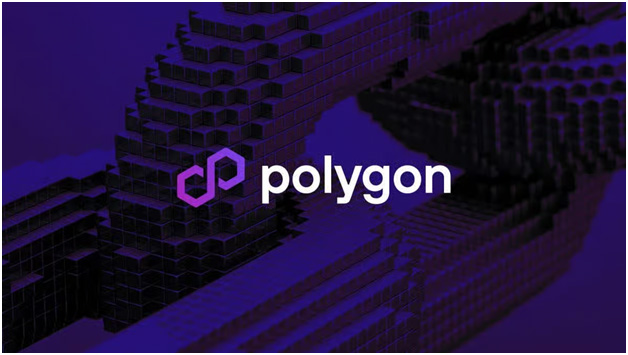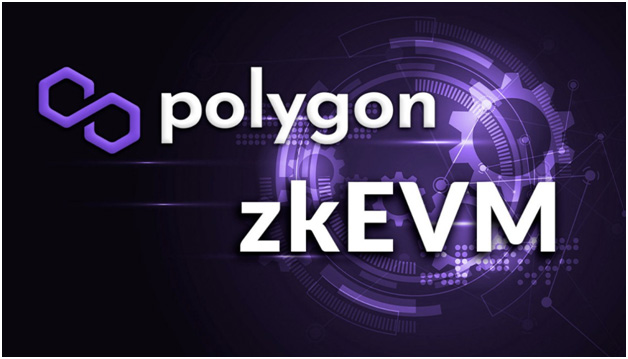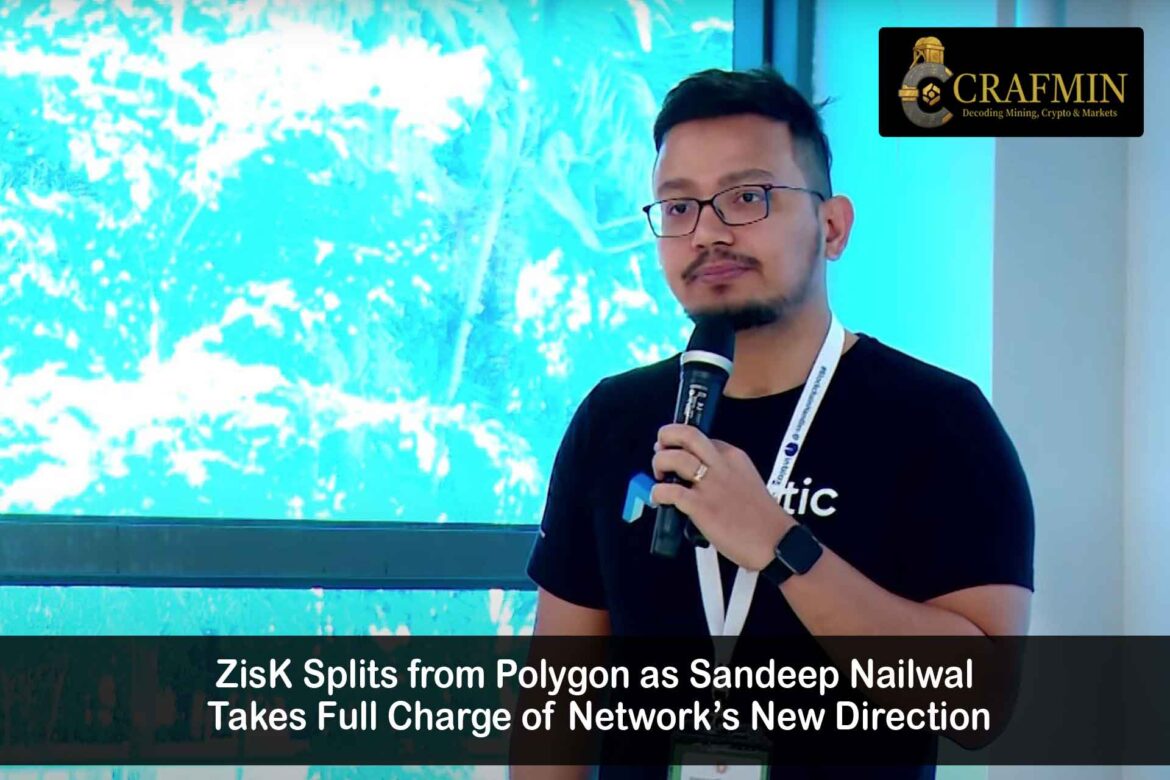Polygon is entering a new era, as one of its original architects sets off on a fresh venture. Jordi Baylina, a co-founder and technical powerhouse within the Polygon network, has kicked off a new project named ZisK. It’s a bold move that marks a clear split, although he’ll remain connected to Polygon in a supporting role.
ZisK has its roots in Polygon’s zkEVM work, an advanced system developed to improve Ethereum’s scalability. This new project now stands on its own feet, with an experienced crew of eight developers, including Baylina himself. These developers, who have worked as a tight-knit unit for years, are now pouring their energy into ZisK.

Image 1: (Source: The Block)
This fresh initiative is built as an open-source system and designed to work with multiple programming languages, such as Rust. It offers a modular structure, allowing other builders to pick and choose the pieces they need. ZisK is expected to play a central role in pushing forward decentralised technologies that need more privacy and performance.
A Shift in Focus for Polygon
The ZisK launch comes just as Sandeep Nailwal, another co-founder, steps into sole leadership of the Polygon Foundation. He has now officially taken on the role of CEO, steering the broader Layer-2 ecosystem. This follows the departure of Mihailo Bjelic, a fellow co-founder, who stepped away from the board not long ago.
With this leadership change, Nailwal is taking the wheel firmly in hand. He believes that moving away from board-led decisions and streamlining leadership is the shot in the arm Polygon needs. According to him, this shift will allow quicker execution and a more focused approach to building.
Polygon has decided to scale back its zkEVM chain, once seen as its flagship solution. Although initially celebrated for its cutting-edge zero-knowledge tech, the zkEVM rollout didn’t catch on as planned. Polygon is now redirecting efforts toward its original PoS chain, which has proven to be more consistent in delivering results.
Me, together with a core team of 7 developers, just spun off from Polygon to continue the ZisK project as an independent initiative.
I’ll remain co-founder and advisor at Polygon, but my main focus now shifts to @ziskvm.
Excited for this new era in the blockchain journey — we… https://t.co/aCOvbm3BX4— Jordi Baylina – baylina.eth (@jbaylina) June 18, 2025
New Paths and Practical Goals
While the zkEVM project winds down, Polygon’s sights are firmly set on two key areas: stablecoin payments and tokenisation of real-world assets (RWAs). These are use cases that big players in the finance sector are beginning to chase. Institutions are showing growing interest in bringing real-world items like property or securities onto the blockchain.
Polygon PoS remains a cornerstone of this plan. The chain continues to carry strong transaction volume, including substantial activity in NFT transfers. Although the NFT market has cooled off, the underlying tech still holds water. Nailwal believes the real value lies not in the speculative side of NFTs, but in their long-term use for digitising real assets.
Polygon is also working on expanding its AggLayer system. This infrastructure piece is meant to tie together multiple chains, improving liquidity and making different networks work hand in hand. The idea is to build an internet of blockchains where value flows freely.
At the same time, the network is pushing ahead with its Gigagas roadmap. This strategy aims to achieve 100,000 transactions per second — a pace that would place Polygon in the big leagues, shoulder-to-shoulder with the fastest blockchains out there.
 Image 2 (Source: Pintu)
Image 2 (Source: Pintu)
Eye on the Bigger Picture
ZisK’s departure doesn’t spell trouble for Polygon. In fact, the split is seen as part of a broader plan to allow each team to follow their own north star. With Baylina focusing on the evolution of zero-knowledge tech, and Nailwal taking the reins at Polygon, both sides are now free to chase their goals at full throttle.
Nailwal has described his leadership style as rooted in a sense of service — shaped by his upbringing and past experiences. Even as he takes tough decisions, he says his instinct is still to keep people content and the ship steady. But as the crypto world grows more demanding, he believes it’s time to be more direct and results-driven.
He also acknowledges that crypto is moving into a more practical stage. The days when hype alone could carry a project are fading fast. These days, users expect solid platforms and real value. That’s why he’s focused on revenue, user adoption, and use cases that can stand the test of time.
Read also: Thailand Rolls Out 5-Year Crypto Tax Holiday to Woo Blockchain Innovators
Polygon’s earlier efforts to create a corporate-style structure, following a $450 million raise in 2022, have now given way to a more agile approach. With the board dissolved, Nailwal is calling the shots — for better or worse.
Polygon still commands attention, particularly in stablecoin volumes and total value locked. Its PoS chain holds over $1 billion in digital assets and continues to rank highly among active networks. With renewed focus, the team believes it can capitalise on both short-term needs and long-term blockchain transformation.

